Xc Skiing done right: Tips to Avoid Injury While Cross Country Skiing
As the snow starts to fly in the Capital City region, cross country skiing becomes a fantastic way to embrace winter and stay active! Many of our patients transition to skiing and we have seen the good, the bad and the ugly when it comes to staying healthy and being able to enjoy a full season. Let’s learn from past mistakes, here are our 6 best success strategies for cross country skiing.
1. **Warm-Up Properly:**
Just like any other physical activity, it's essential to warm up your muscles before hitting the trails. Spend a few minutes engaging in a dynamic warm up to increase blood flow and prepare you for the specific movements of cross country skiing. This will prepare your body for the demands of cross country skiing and reduce the risk of strains or pulls.
2. **Learn and Practice Proper Technique:**
Take the time to learn and practice the correct skiing techniques. Proper form not only enhances your performance but also reduces the strain on your muscles and joints, minimizing the risk of injury. Ottawa has several fantastic coaches and clubs to help take you to the next level and increase your ability.
3. **Start Slow and Progress Gradually:**
With all the new snow, it is easy to get carried away and want to do more skiing than your body is ready for. We see it every year, from triceps strains to hamstring pulls and overuse of the low back patients come in after doing too much on their first skis and pay for it for months to come. Take your time and build into your skiing, you have several months to build up you volume and intensity.
4. **Stay Hydrated and Fuel Up:**
Even in cold weather, it's essential to stay hydrated. Dehydration can affect your performance and increase the risk of cramps or fatigue. Pack water and snacks to stay fueled during your ski session, especially for longer outings.
5. **Listen to Your Body:**
Pay attention to how your body feels during your ski session. If you experience pain or discomfort, don't ignore it. Take breaks, stretch, and assess whether it's safe to continue. Pushing through pain can lead to more severe injuries. General rule of thumb is soreness and achiness under a 3/10 on the pain scale are ok but anything above 3/10 or sharp pain is not ok and you should stop whatever activity you are doing.
6. **Take time to recover well:**
Use all of those recovery tools to your advantage and give your body some love after your ski. Whether it is the foam roller, the theragun or a good sports massage make sure to help yourself recover well to reduce soreness and prepare your body for the next ski. Being consistent here will help your body adapt to the training load and ski well the next time you go out. Do not neglect the simple things that keep you moving well.
By following these tips, you can enjoy cross country skiing while minimizing the risk of injury. The Ottawa region has so many awesome trail networks for every ability level, therefore find a trail system that suits your ability level and If you are unsure what a dynamic warm up should look like or how to build a good recovery plan, let us know as we have the tools to keep you skiing well this season!
See you out there!
